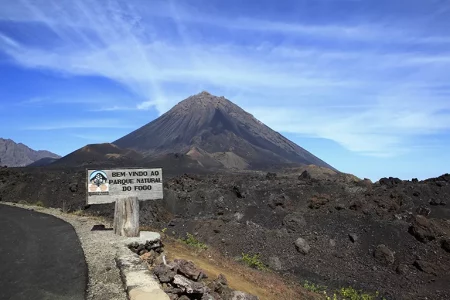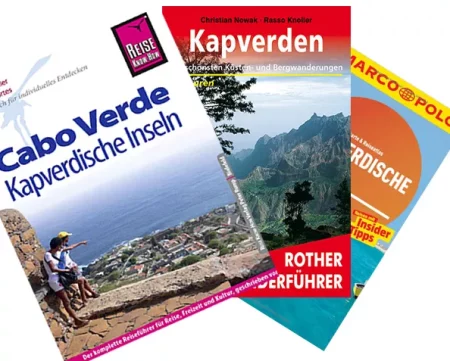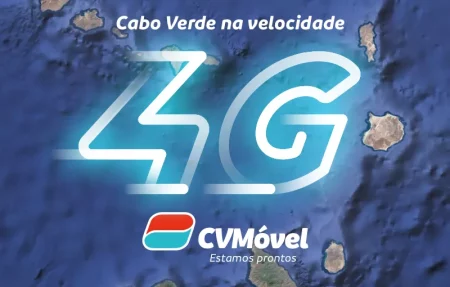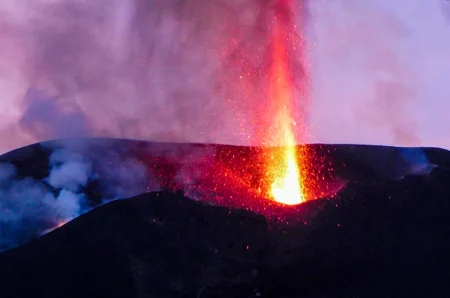Diving
Diver’s Paradise Cape Verde
Dive down and simply enjoy: Those who want to explore the underwater world of Cape Verde have the opportunity to do so at over 25 dive sites. Dive centres are located on Sal, Santiago, Boa Vista, São Vicente and Santo Antão.
There is one restriction, however: the waters around the islands of the archipelago are only suitable for diving beginners to a limited extent. You have to be honest with yourself and the dive centres when choosing a spot. After all, the sometimes strong currents require a certain amount of experience if you want to dive in Cape Verde.
Diving courses in Cape Verde
For those who have never dived before, there is the possibility of learning to dive in Cape Verde. If so, you should find out in advance whether a health certificate is required, which some clubs demand. There is an advantage: the schools know spots and regions where even beginners can make their first dives without any problems or danger.

Diving around Cape Verde from April to November is ideal
Depending on the schools and experts, the best time to dive around Cape Verde is from April to November. Eventually, however, diving can be done all year round, although occasionally you have to reckon with a little more wind and therefore poorer visibility. At present, diving excursions are offered on three Cape Verdean islands.
An enormous variety
This is the case no matter which of the islands you choose: However, the variety that Cape Verde spoils divers with is widely praised. One can see tuna, rays, turtles, sharks, sometimes manta rays and in the period from March to May, with a bit of luck, humpback whales. Depending on the wind and weather, it can be a bit difficult to get out of the boats. It usually takes a maximum of 20 minutes to get there.

Wrecks and caves
One of Cape Verde’s better known dive spots is the cave dive site off Sal (Buracona). It is 23 metres deep and has the easiest entry. However, the cave itself offers fascinating light shows. Also near Sal is the Boris Wreck, a Russian freighter that sank in 2006 and is now home to stingrays, groupers and many other fish. The most beautiful swap spot on Santo Antao is called “Wish You Were Here” or “WYWH” for short. With a depth of six to twelve metres, this is a reef.
















































